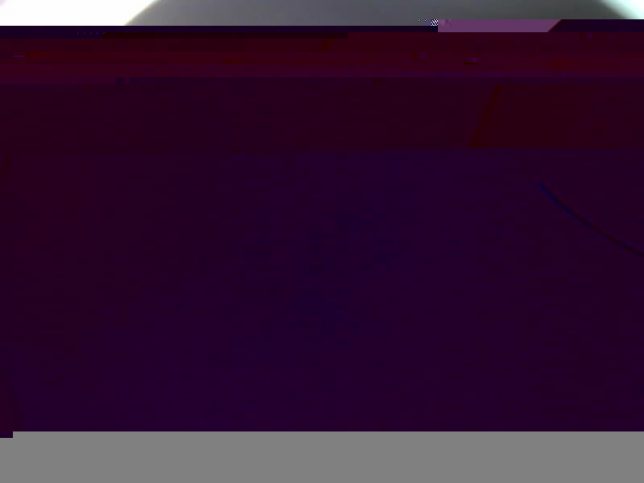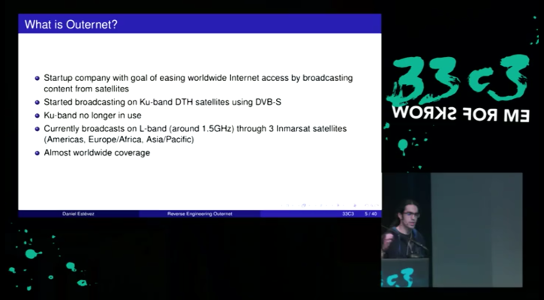During the last few days, I have been talking with Edson PY2SDR about using GNU Radio to decode digital telemetry from AO-73 (FUNcube-1) and other FUNcube satellites. I hear that in Virginia Tech Groundstation they have a working GNU Radio decoder, but it seems they never published it.
The modulation that the FUNcube satellites use is DBPSK at 1200baud. The coding is based on a CCSDS concatenated code with a convolutional code and Reed-Solomon, but it makes extensive use of interleaving to combat the fading caused by the spin of the spacecraft. This system was originally designed by Phil Karn KA9Q for AO-40. Phil has a description of the AO-40 FEC system in his web and there is another nice description by James Miller G3RUH.
I took a glance at this documents and noted that it would be a nice and easy exercise to implement a decoder in GNU Radio, as I have most of the building blocks that are needed already working as part of gr-satellites. Today, I have implemented an out-of-tree module with a decoder for the AO-40 FEC in gr-ao40. There is another gr-ao40 project out there, but it seems incomplete. For instance, it doesn’t have any code to search for the syncword. I have also added decoders for AO-73 and UKube-1 to gr-satellites.
The signal processing in gr-ao40 is as described in the following diagram taken from G3RUH’s paper.

First, the distributed syncword is searched using a C++ custom block. It is possible to set a threshold in this block to account for several bit errors in the syncword. De-interleaving is done using another C++ custom block. For Viterbi decoding, I have used the “FEC Async Decoder” block from GNU Radio, since I like to use stock blocks when possible. Then, CCSDS descrambling is done with a hierarchical block from gr-satellites. Finally, the interleaved Reed-Solomon decoders are implemented in a C++ custom blocks that uses Phil Karn’s libfec.
The complete FEC decoder is implemented as a hierarchical block as show in the figure below.


